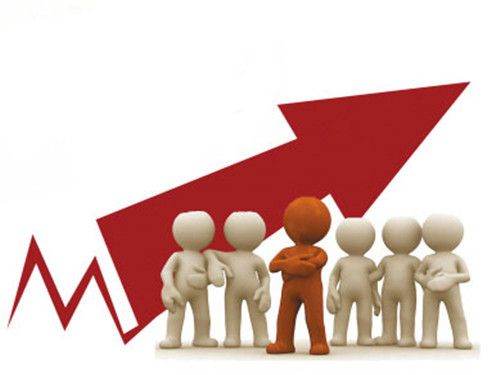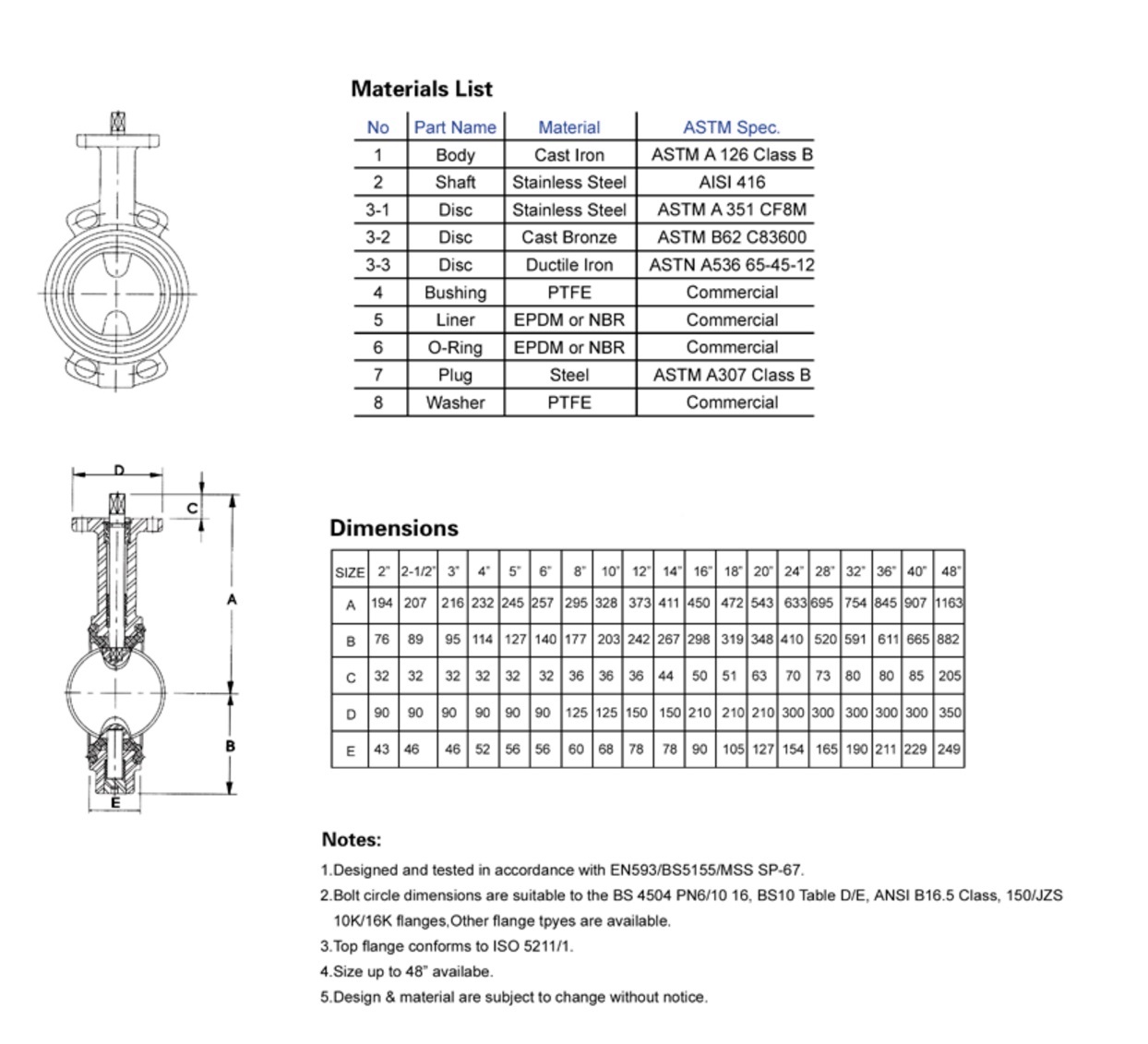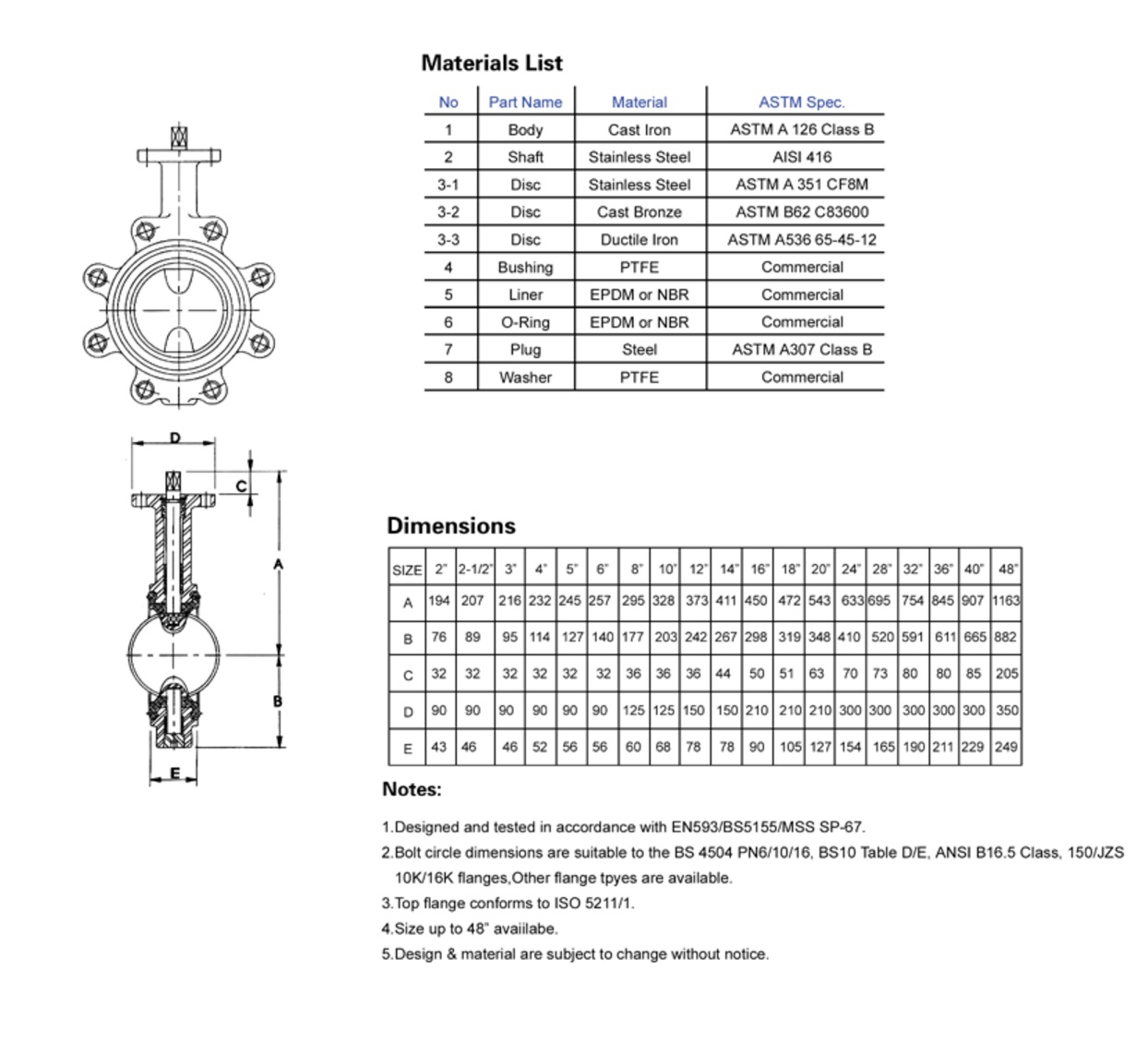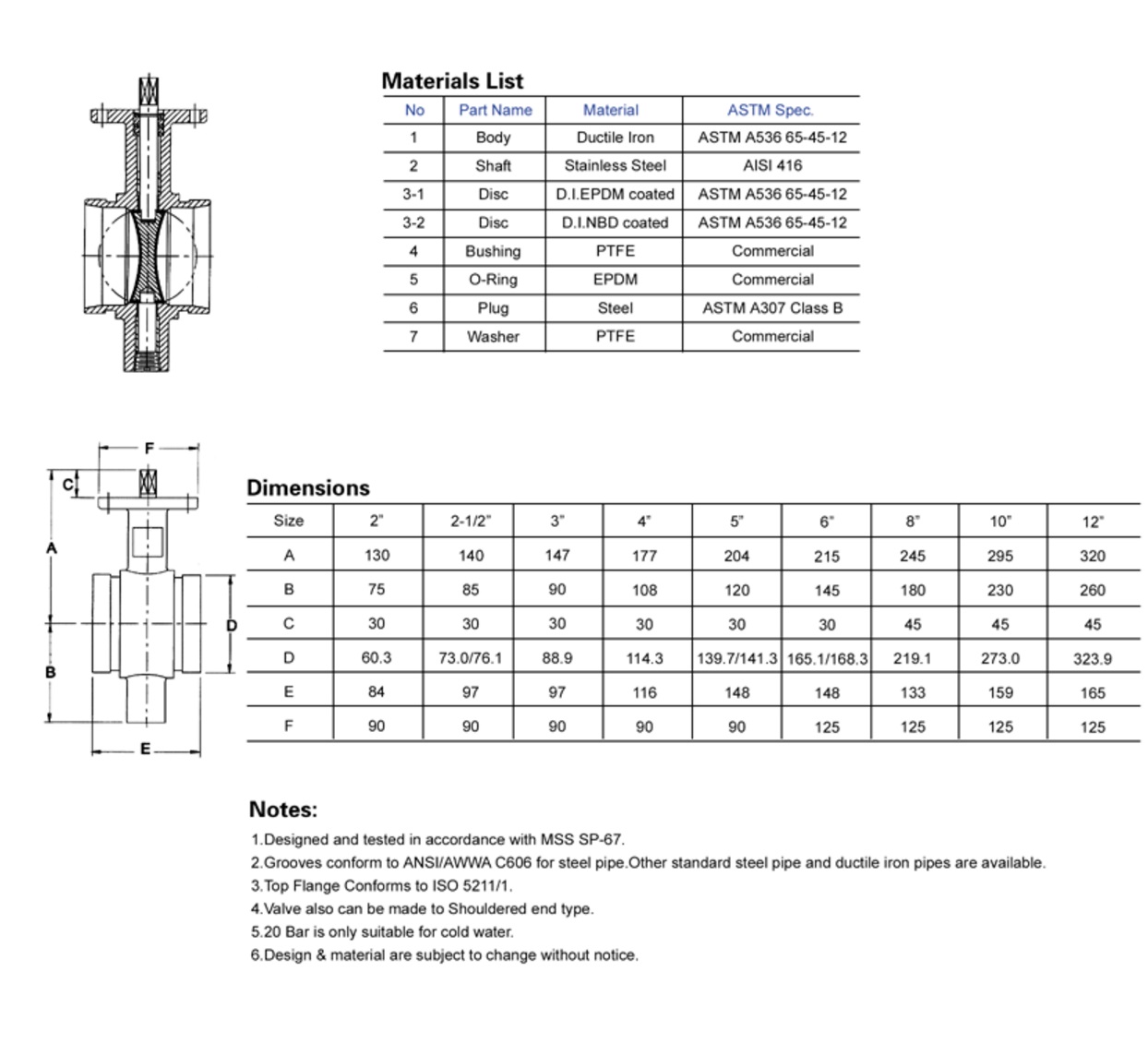
The current economic situation in China
Operating in a reasonable range, basically achieving policy objectives
Economic growth achieves its goals but faces downward pressure. In 2014, China's GDP reached 63.65 trillion yuan, an increase of 7.4%, which was in line with the policy target of 7.5% growth at the beginning of the year. However, the downward pressure on the economy is greater in the short term. From the demand side, the growth rate of consumption, investment, and net exports have all declined to varying degrees. Among them, the growth rate of investment in real estate (000736) has fallen too quickly, which has become a major factor that drags down economic growth. From the supply side, the added value of industrial enterprises above designated size continued to decline, accumulating 8.3% year-on-year, and the growth rate was down 1.4% year-on-year. The index of industrial electricity growth, railway freight growth, and the mid- to long-term growth rate of the bank's total fell. The year-on-year cumulative figure was 5.83%, a year-on-year decrease of 1.9 percentage points.
Prices rose at a low level and there was a slight deflation. In 2014, the cumulative year-on-year growth of China's consumer price index (CPI) fell from 2.49 percent in January to 2.0 percent in December. In January 2015, the year-on-year growth rate of CPI fell to 0.8 percent. The producer price index (PPI) for all industrial products fell negatively for 35 consecutive months. In January 2015, the year-on-year growth rate of PPI fell to -4.30%. The reasons for the decline in commodity prices are the sharp drop in the prices of international bulk commodities and the rapid development of electronic commerce, which has reduced the cost of circulation. Both aspects are positive; third, there is excess capacity, and fourth, insufficient demand. Therefore, to take appropriate measures to take medicine and take comprehensive measures, we must not only moderately relax the currency, but also increase structural adjustment and reform efforts.
The employment situation is relatively stable, but it faces structural problems. In 2014, 13.22 million new jobs were created in urban areas, 5.51 million unemployed workers were reemployed in urban areas, 1.63 million were employed in employment difficulties, and 4.09% were registered in cities and towns. ****The construction of the system has been accelerated, with nearly 700 million people holding cards. The tertiary industry has developed rapidly and has absorbed many employed people. With the advent of an aging society, the number of natural workers who have withdrawn from work each year has become a favorable factor for ensuring employment. In the coming years, the proportion of the working-age population of the Chinese labor force will decline, but the employment situation of key groups is still grim.
The balance of payments tends to be basically balanced, and the outflow of cross-border capital flows is growing rapidly. The proportion of China's current account surplus in GDP has fallen from 10.08% in 2007 and has fallen below 3% for four consecutive years. In 2014, the current account surplus was 213.8 billion U.S. dollars, the capital and financial project deficit was 24.4 billion U.S. dollars, and the current account surplus was 2% of the GDP. ** Reserve growth has slowed significantly. The deficit in capital and financial projects in the fourth quarter of 2014 was US$91.2 billion, indicating that cross-border capital flows have shifted from inflows to outflows.
Slower growth momentum and structural optimization
Investment in fixed assets declined. At the end of 2014, the total amount of completed investment in fixed assets nationwide totaled 50.20 trillion yuan, a year-on-year increase of 15.7%, and the growth rate fell 3.9 percentage points year-on-year. The newly completed fixed asset investment amounted to 33.6 trillion yuan, a cumulative increase of 25.4% year-on-year, and the growth rate was down 2.9 percentage points year-on-year. As of the end of 2014, the total amount of completed production investment was 1.20 trillion yuan, an increase of 33.9% year-on-year, and the growth rate was down by 1.4 percentage points year-on-year; secondary industry investment was 20.81 trillion yuan, an increase of 13.2% year-on-year, and the growth rate was down 4.2 percentage points year-on-year; The production investment was 2.819 billion yuan, a year-on-year increase of 16.8%, and the growth rate was down 4.2% year-on-year.
The consumption growth dropped slightly and new consumer hot spots emerged. In 2014, total retail sales of consumer goods reached 26.24 trillion yuan, an increase of 12% year-on-year, and the growth rate was down 1.1 percentage points year-on-year. In particular, the growth of the catering industry's income was weak. In 2012, the average growth rate of the catering industry was 14%. In 2013, the average catering industry was 8% to 9%, and in 2014 it was restored to 9% to 10%. However, online retail remained strong and information consumption grew rapidly. In 2014, the cumulative increase in online retail sales of units above designated size was 56.2%, and the cumulative amount of retail sales of communications equipment increased by 32.7% year-on-year, an acceleration of 12.3 percentage points year-on-year.
The foreign trade situation is weak, and foreign investment and foreign investment have grown steadily. In 2014, the total value of imports and exports was US$4.3 trillion, an increase of 3.4% year-on-year. Among them, exports of 230 million US dollars, an increase of 6.1%; imports of 196 million US dollars, an increase of 0.4%; trade surplus of 382.46 billion US dollars, an increase of 47.7%. Compared with 2013, the growth rates of imports, exports, and imports dropped by 4.15, 1.72, and 6.84 percentage points respectively. In 2014, there were 23,778 newly-established foreign-invested enterprises in the country, an increase of 4.4% year-on-year; actual use of foreign investment was US$119.56 billion, an increase of 1.7% year-on-year (excluding financial industry data). The newly added foreign direct investment amounted to 102.9 billion U.S. dollars, an increase of 14.1% year-on-year, and continued to be the third largest in the world.
Economic structure optimization. In terms of supply, in the fourth quarter of 2014, the cumulative value of total production value rose by 4.1% year-on-year, and contributed 5.2% to GDP growth; the value-added of secondary production increased by 7.3%, contributed 43.2% to GDP growth; and the increase in tertiary industry output was 8.1. %, contributes 51.6% to GDP growth. In terms of demand, in the fourth quarter of 2014, the contribution rate of consumption to economic growth was 51.2%, which was a year-on-year increase of 1.2%. In 2014, the contribution of capital formation to GDP declined, and the net export contribution to GDP fluctuates greatly.
Financial finance runs smoothly and faces some new problems
Financial revenue. In 2014, the country’s fiscal revenue totaled 1.4435 trillion yuan, a year-on-year increase of 8.6%. Among them, central government revenue was 6,499.0 billion yuan, an increase of 7.1% year-on-year; local fiscal revenue (the current level) was 7586.0 billion yuan, an increase of 9.9% year-on-year. The national fiscal expenditure totaled 151.6662 billion yuan, an increase of 8.2% year-on-year. Among them, the central government spent 2,257 billion yuan at this level, an increase of 10.2% year-on-year; local fiscal expenditures were 129,021 billion yuan, a year-on-year increase of 7.8%. In recent years, the structure of income distribution has tended to improve. In September 2014, the accumulated year-on-year growth of public fiscal revenues, the actual accumulated annual per capita disposable income of urban residents and the average cumulative per capita cash income of rural residents increased by 8.1%, 9.3% and 9.7% respectively, both exceeding the current GDP growth rate.
Currency finance. In 2014, the growth rate of broad money M2 remained neutral, showing a mild downward trend, falling from 13.6% at the end of 2013 to 12.2% at the end of 2014. The growth rate of narrow money M1 fell faster, from 9.3% at the end of 2013 to 3.2% at the end of 2014. The scale of social gambling in the whole year was 16.46 trillion yuan***, a year-on-year decrease of 4.8%. As of the end of 2014, the balance of all items was 81.68 trillion yuan, a year-on-year increase of 13.6%. Since the second quarter of 2014, steady monetary policy has been gradually fine-tuned in the loose direction. Serving the real economy and reducing corporate financing costs have become important tasks. On the whole, the money supply has grown steadily, the banking system has ample liquidity, and new changes have taken place in the social financing structure and cross-border capital flows. The two-way volatility of the exchange rate has increased, and cross-border capital flows have shifted from inflows to outflows. Shadow banking supervision, off-balance-sheet operations such as interbank and wealth management; banking asset and liability scale expansion momentum slowed; deposit and loan spreads narrowed, profit growth slowed; credit risk increased, exposure to bad risks increased; The media trend has increased. Financial regulation means that “financing is difficult and financing is expensiveâ€, and the cost of corporate finance has declined.
real estate market. At the end of 2014, the cumulative amount of real estate development investment has increased by 10.5% year-on-year, and the growth rate has dropped by 9.3% year-on-year; the total area of ​​sales of commercial housing has grown by -7.6% year-on-year, representing a year-on-year decrease of 24.9%; the value of commercial housing sales has increased by -6.3% year-on-year. The speed was down by 32.6 percentage points year-on-year. The new residential price index and second-hand residential price index in 70 large and medium-sized cities across the country fell month by month. In December, the price index of new residential houses in 70 large and medium-sized cities across the country increased by -4.3% year-on-year, down 13.5 percentage points year-on-year. In December, the price index of second-hand houses rose -3.9% year-on-year, down 9.1 percentage points year-on-year. Since the fourth quarter of 2014, the real estate market has shown signs of recovery. In December, the sales area of ​​real estate in 50 cities rose at a relative high level of 10 to 11 months, showing an increase of more than 7% from the previous month, and the sales area grew by 20% year-on-year. However, as the ageing society is gradually approaching, the relationship between supply and demand in the property market has shifted from being in short supply in the past to being an overall balance and a partial surplus, and the real estate market will not experience sustained surges.
New changes in the development of industries and regional economies
Agricultural and rural economic development is faster. In 2014, China's agricultural and rural economy achieved stability, quality, stability, and efficiency. Food production reached 121.42 billion jins, hitting a record high and achieving an “eleven consecutive increaseâ€. The supply of other major agricultural products (000061, stocks) was abundant; the per capita net income of peasants increased by about 900 yuan, achieving “an 11th consecutive fastâ€; urban and rural residents The ratio of income dropped below 3:1; the modernization of agriculture steadily increased, and the contribution rate of agricultural science and technology progress exceeded 56%. However, at present, the prices of major agricultural products in China have already surpassed the import prices. Continuing price increases have encountered "ceilings" and agricultural production subsidies have also encountered "ceilings." At the same time, the cost of agriculture is still rising, and the natural endowment of agricultural resources is inherently insufficient, and the carrying capacity of the ecological environment is approaching the limit.
The industrial economy is operating stably, and business difficulties have increased. In 2014, the added value of industries above designated size increased by 8.3% year-on-year, and the growth rate decreased by 1.4 percentage points year-on-year. Among them, the cumulative growth of manufacturing industry was 9.4% year-on-year, which was higher than 4.5% of the mining industry. In industries where the cumulative value-added of accumulated value increases at a high rate, industries such as high-tech industries, equipment manufacturing and transportation equipment manufacturing accounted for the majority, indicating that the industrial structure was optimized. However, business difficulties have increased. In 2014, the total profit of industrial enterprises increased by 3.3% year-on-year, down by 8.9 percentage points year-on-year; industrial companies suffered losses by 43,000, and the cumulative increase was 12.2% year-on-year, an increase of 7.9 percentage points year-on-year; the cumulative amount of losses increased by 22.5% year-on-year, an increase of 27.9 over the same period of last year. percentage point.
The service industry has developed rapidly. In 2014, China's service industry achieved an added value of 30.7 trillion yuan, an increase of 8.1% year-on-year; the added value accounted for 48.2% of GDP, an increase of 2.1 percentage points year-on-year. In the first three quarters, the wholesale and retail industry accumulated a year-on-year increase of 7.0%, the growth rate was down 0.2% year-on-year; the transportation, warehousing and postal services industry cumulatively increased by 9.7% year-on-year, a year-on-year decrease of 0.7%; the accumulative growth of the accommodation and catering industry was a year-on-year increase. 6.2% growth rate year-on-year increase of 1.1 percentage points; financial industry cumulative growth of 9.1%, year-on-year increase of 2.3 percentage points; real estate industry cumulative growth of 2.3% year-on-year decline of 5 percentage points year-on-year; other service industries cumulative growth of 7.6 year-on-year %, the growth rate decreased by 1.4 percentage points year-on-year.
The economic development in the central and western regions is faster than that in the east. In December 2014, the year-on-year growth rates of industrial added value in the eastern, central and western regions were 7.1%, 8.1%, and 10.6%, respectively. The performance was higher in the west than in the middle and higher in the middle, but compared with the end of 2013. It declined, and the growth rate decreased by 1.8, 2.4 and 0.7 percentage points year-on-year respectively. In recent years, domestic industrial gradients have shifted, macroeconomic policies have given support to the central and western regions, and inland provinces have welcomed more development opportunities and increased investment in infrastructure such as roads, railways, and urbanization. Through the adjustment of industrial transfer and adjustment of key industries, the country has deepened regional cooperation, promoted the free flow of factors, achieved positive interaction in the eastern, central and western regions, and enhanced the self-development ability of the central and western regions.
China Economic Outlook 2015
In 2015, the Chinese economy will continue to operate smoothly. It is expected that the annual economic growth will be about 7.1%, the CPI growth rate will be maintained at about 1.8%, and the number of new urban jobs will increase by 13 million; the investment in fixed assets will continue to decline steadily and is expected to increase by about 14%, which will fall back to the lowest point since the turn of the century; Consumption remains stable, and total retail sales of consumer goods are expected to increase by about 12%. Exports grew by about 6%, while imports increased by 4%. The trade surplus for the entire year expanded slightly, and its share of GDP remained stable.
There are four favorable conditions for the economic development in 2015.
The world economy will continue to recover. The International Monetary Union (IMF) predicts that the global economy will increase by 3.5% in 2015, an increase of 0.2% over 2014. However, it must be noted that the economic growth of the advanced economies is still relatively weak, and it is difficult to really get out of the low point in the short term. The major emerging market economies have undergone economic differentiation and financial market turmoil has intensified.
The effect of early-stage policies was gradually released. In 2014, the central government introduced targeted reductions, structural tax reductions, shantytowns reconstruction, railway construction in the central and western regions, stable foreign trade, expansion of information and sports consumption, and the launch of a series of interest rate cuts and infrastructure facilities implemented at the end of the year to encourage the participation of social capital. Most of the policies of the project (PPP) need to be implemented across the year.
China's economic fundamentals are good and there is great potential for growth in domestic demand. In terms of supply, the labor force population has decreased, and the savings rate has decreased. However, the quality of supply of human capital and capital stock has increased. In terms of consumption, the current employment situation is good, and the income growth of residents exceeds the economic growth rate. With respect to investment, the 12th Five-Year Plan will soon be closed down, and the progress of some planned projects will be accelerated. The recovery of exports will also drive the growth of related fixed asset investments. China has a vast geographical area. The implementation of the "One Belt, One Road," "Yangtze River Economic Belt" and "Beijing-Tianjin-Hebei Coordinated Development" strategies can create huge investment demand.
The reform dividend appears. In 2014, the central government launched a series of major reform measures. In 2015, a series of major reforms will be implemented. The reform dividend will be gradually released.
In 2015, economic development also faced four unfavorable factors.
The global economy and its policy differentiation affect China's exports. The U.S. economy has grown steadily and the unemployment rate has steadily declined. The EU economy stabilized and stabilized. The Japanese economy continues to maintain low growth. The growth rate of the emerging market economy picked up, but the recovery was weak. In particular, the Fed’s rate hike, the Eurozone’s quantitative easing policy, and Ukraine’s geopolitical crisis may adversely affect the Chinese economy.
Weak growth in fixed asset investment. Due to overcapacity in manufacturing and insufficient demand, private investment will weaken. In the short term, it is difficult for the real estate market to get out of the downturn and restrict the growth of investment and related industries. Taxes and land sales revenue decreased, and debt repayments entered a peak period, and local governments’ “capitalizing†investment capacity was limited. There are few projects under construction and reserve projects in some areas.
Business operations are difficult. The continued negative growth of PPI has raised the real interest rate for corporate finance. The overall corporate debt ratio is high, coupled with the fact that the economy is in a downtrend channel, and the leverage ratio of corporate debt will increase as a result of the contraction of the balance sheet. Affected by the drop in the prices of major industrial products, the inventory of finished products of industrial enterprises increased, the inventory turnover rate decreased, and the pressure of destocking of enterprises increased. The company's capital, labor, land, and transport costs have increased, and investments in environmental protection, technological transformation, energy conservation, and emission reduction have increased. Some local governments are under greater pressure to increase revenues and there is an increase in corporate burdens.
Constraints on environmental indicators have adversely affected economic growth.
Policy recommendations for a smooth transition of the economy to the new normal
The macro-control in 2015 should take the initiative to adapt to the new normal of economic development, lead the new normal of economic development, put the transfer of structural adjustments in a more important position, and continue to make overall plans for both “steady growth, structural adjustment, reform, and people’s livelihood, and prevent risks. "Opening up and opening up," adhering to the general theme of "stability for progress," sticking to the bottom line, insisting on speed to obey the quality, stressing the release of the vitality of the reform, and laying a good foundation for the smooth transition of the economy to the new normal and the smooth start of the "Thirteenth Five-Year Plan".
We will continue to implement proactive fiscal policies and accelerate the reform of the fiscal and taxation system. Properly expand the scale of central government expenditure and deficits. In 2015, the central government’s budget deficit increased to 1.7~1.9 trillion yuan, expanding the deficit rate to 2.5%~2.7%. Achieve a smooth transition of local government debt and financial institutions, ensure the rational investment in local public services, and stabilize the construction of public infrastructure. Centering on the construction of infrastructure in the Central and West China, the Group will promote a number of major projects; arrange special funds to support the technological transformation, innovation, and integration of key industries; and adopt the government’s acquisition of commercial housing as an affordable housing to maintain the normal operation of the real estate market. Increase credit and tax incentives for first-time homebuyers, appropriately relax the policies for second-home mortgages, reduce import tariffs on some consumer goods, narrow the spreads between domestic and foreign premium consumer goods, promote overseas consumption of luxury consumer goods back to the domestic market, and promote electronic information consumption and rural service consumption. Green cycle consumption and other new consumption. We must implement the “please†requirement of social policy. In terms of fiscal expenditure, a number of major livelihood projects have been launched. Improve the transfer payment function. Expand the scope of business tax to increase the value-added tax. Increase the degree of reduction of small and micro enterprises. Reduce tariffs on imports and promote the structural adjustment of export products. We will adjust the structure of the tax system to support the research and development of enterprises and the transformation of achievements. To streamline the taxation relationship between the central government and local governments, standardize the issuance of local bonds that are self-returning, and change the local government's financial dependence on the land.
We will continue to implement a prudent monetary policy and steadily advance financial reform and opening up. Pay attention to the tightness of the policy, directional regulation, and innovation. M2 growth maintained at 13% to 14%, an increase of about RMB11 trillion, and a new social scale of about RMB17 trillion. Maintain reasonable liquidity and create a neutral and moderate financial environment for structural adjustment, transformation and upgrading. Timely reduction of financial institutions by 2 to 3 times; lowering the benchmark interest rate by 1 or 2 times, 0.25 percentage points each time; guiding commercial banks to properly reduce various types of ** interest rates, and to alleviate the problem of expensive corporate financing. We will give full play to the role of credit policies in restructuring the structure, strengthen directional control, and promote the optimization of credit structures. Increase corporate debt restructuring to avoid risk proliferation. Appropriately liberalize the commercial banks' erroneous write-off rules and incorporate corporate guarantee information into the credit system. Promote the marketization of interest rates, improve the formation mechanism of exchange rate marketization, and maintain a relatively stable exchange rate on a balanced basis. The use of free trade experimental areas throughout the country will steadily promote the opening up of the capital account to the outside world and promote internationalization. We will strengthen the monitoring and supervision of cross-border flows of funds, enrich corporate hedge stocks, prevent capital flow risks, and maintain domestic financial stability. Accelerate the development of a multi-tiered financial service system.
Butterfly valve is a simple structure of the control valve can be used for low-pressure pipeline media control switch.Butterfly valve means the closure (valve flap or disc) as a disc, rotating around the valve shaft to open and close.Butterfly Valves can be used to control the flow of various types of fluids such as air, water, steam, corrosive media, slurries, oils, liquid metals and radioactive media. Mainly in the pipeline cut off and throttling effect. Butterfly valve opening and closing pieces is a disc-shaped disc, the valve body around its own axis of rotation, so as to achieve the purpose of opening and closing or regulation.
Type: Wafer Type, Lug Type, Grooved type
Design Pressure: PN6-PN20,Class 125-Class150
Working Temperature: EPDM 16Bar at -10℃ to 120℃; NBR 16Bar at -10℃ to 82℃; Viton 16Bar at -10℃ to 150℃
Suitable Midium: Water,Oil,Gas
Details as follow drawing:

 3.Grooved Type Butterfly Valve
3.Grooved Type Butterfly Valve

Butterfly Valves
Butterfly Valves,Wafer Type Butterfly Valve,Lug Type Butterfly Valve,Cast Iron Butterfly Valve
HEBEI ZIFENG NEW ENERGY TECHNOLOGY CO.,LTD. , https://www.zifengpipeline.com